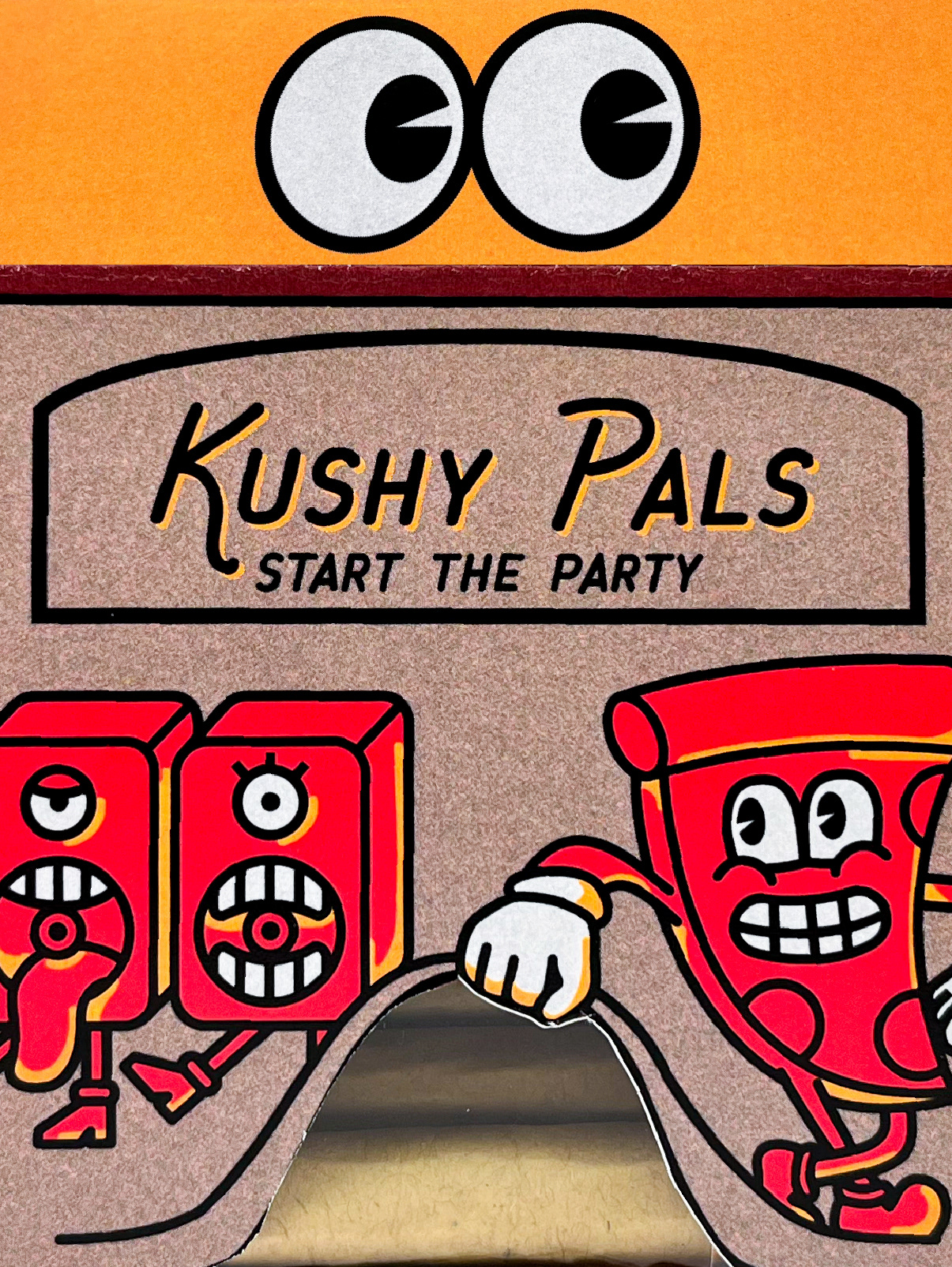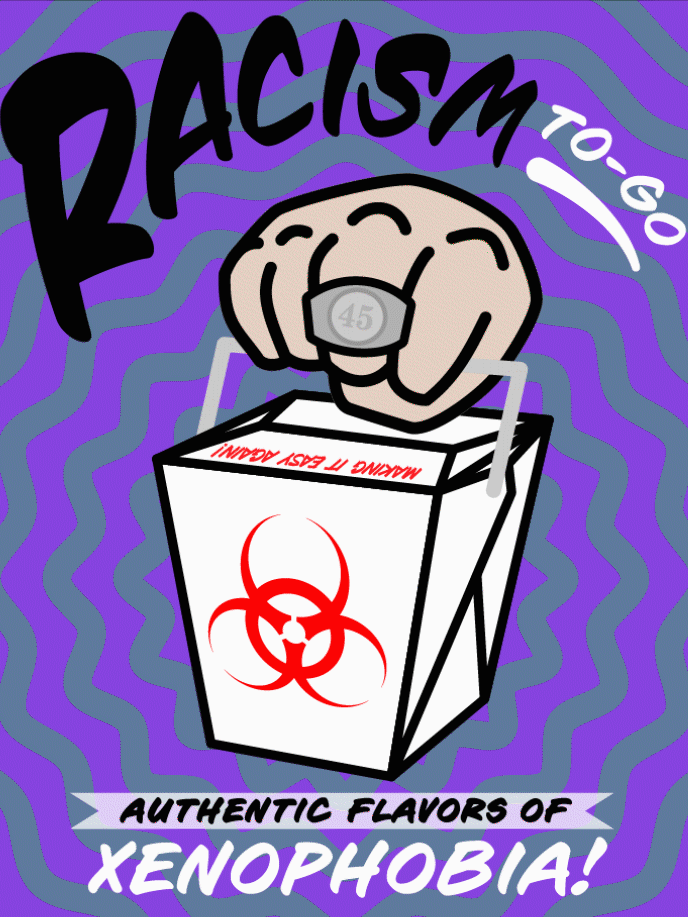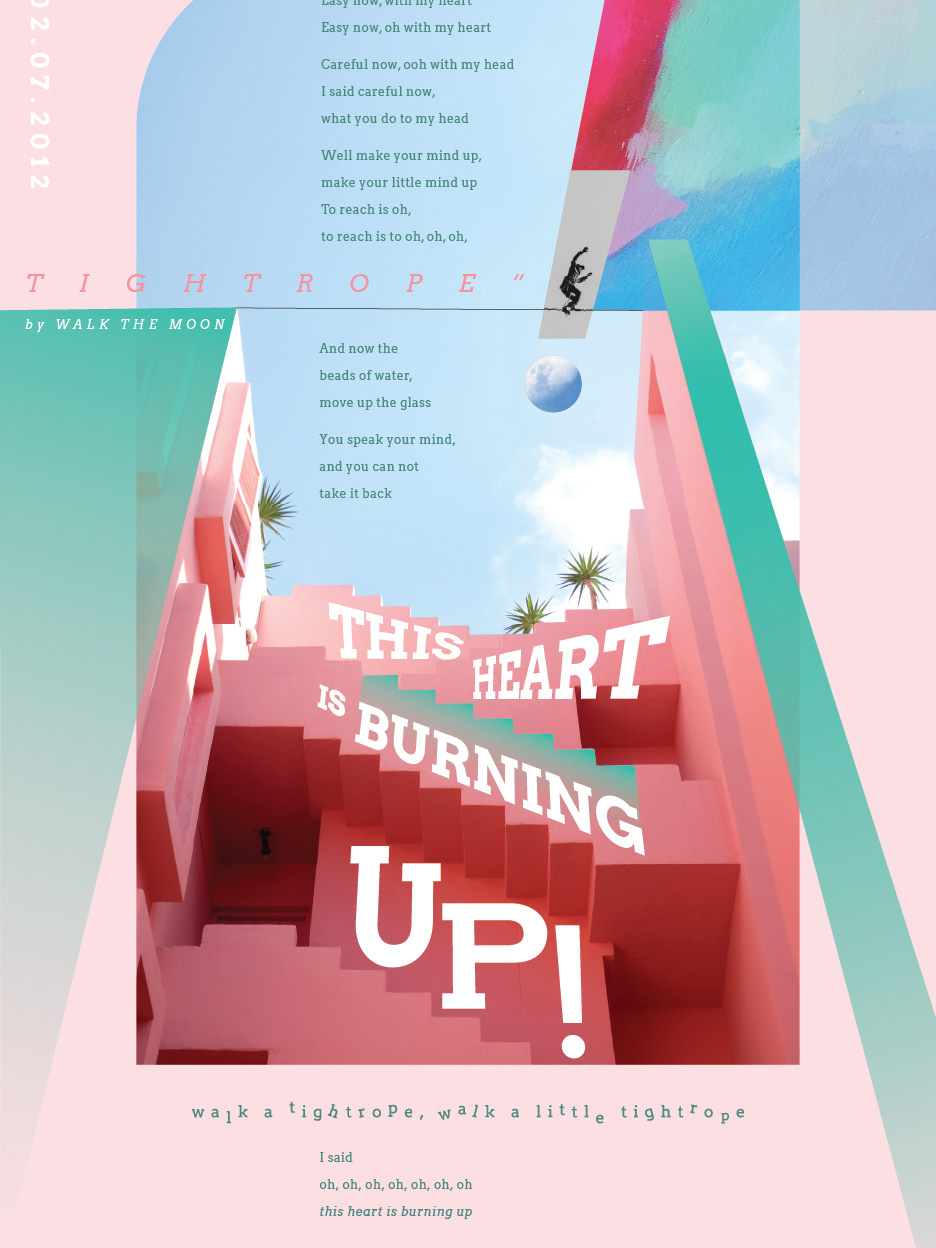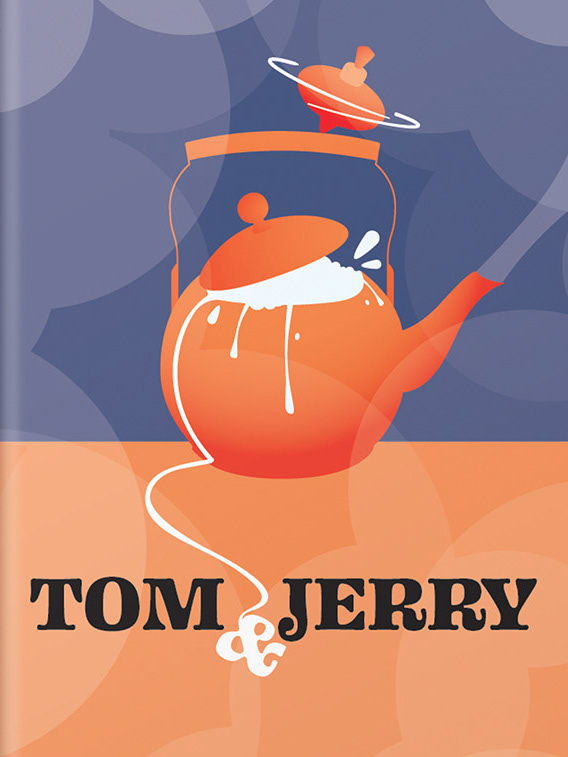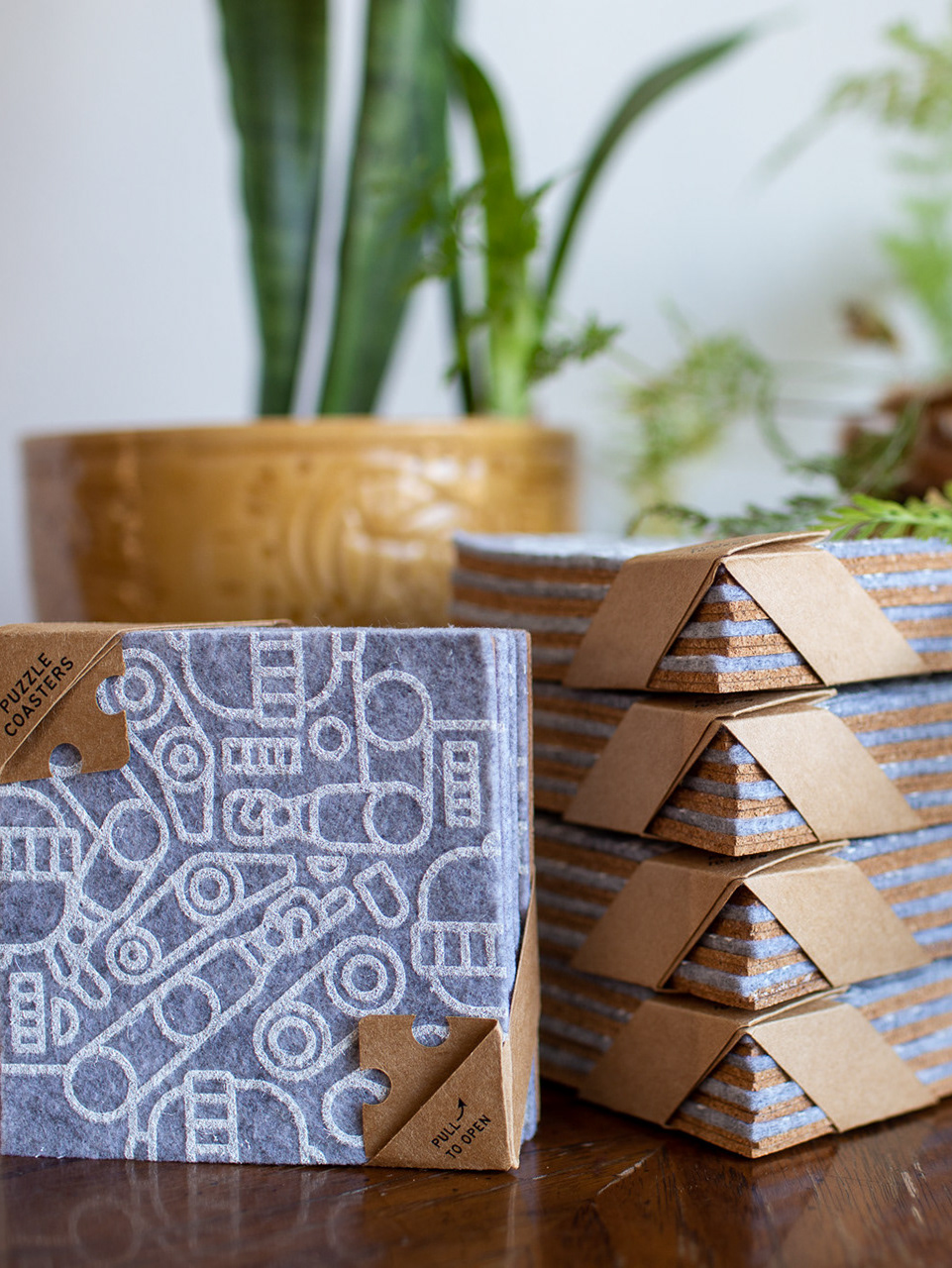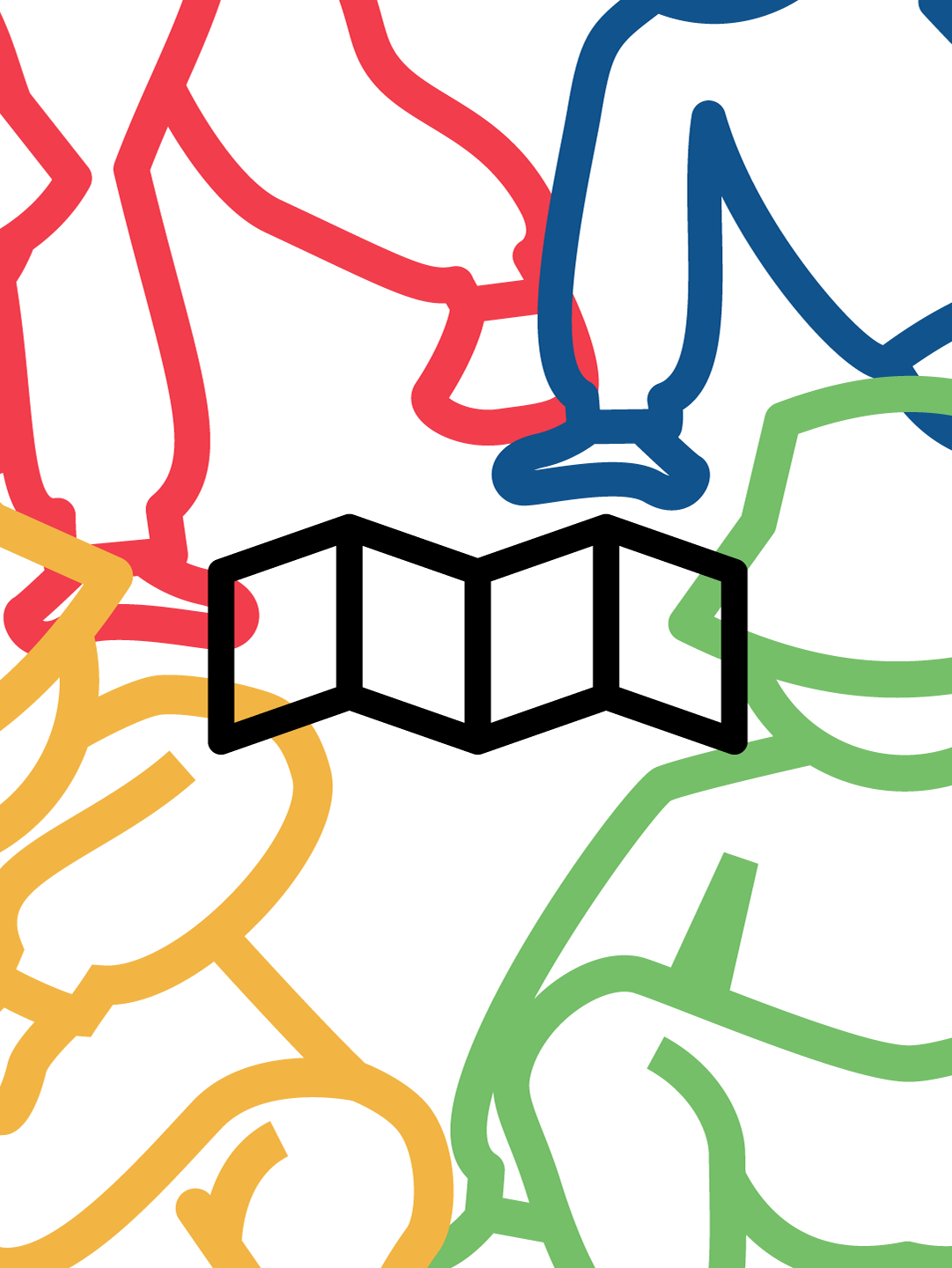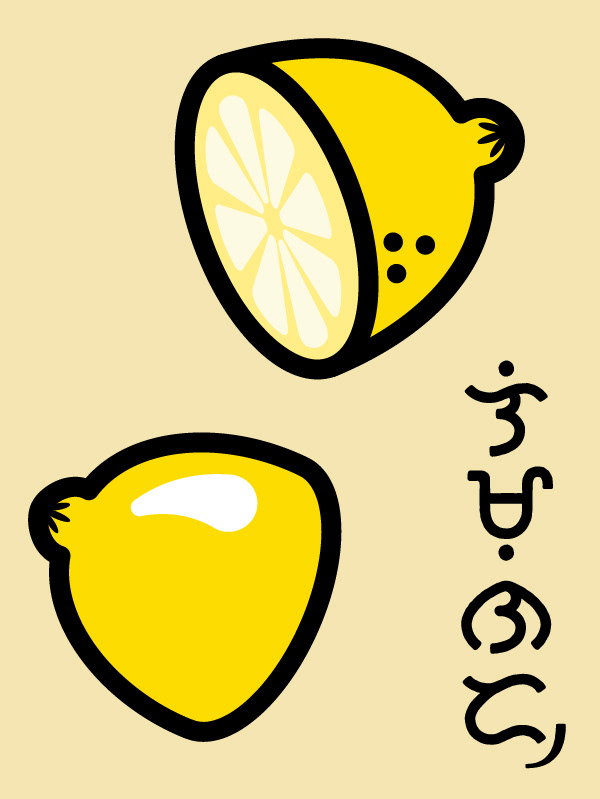Gezell Custodio
(un)Identified Portrait (2022)
24” by 36” digital art print
With Prison Arts Collective (PAC), I was fortunate enough to teach a logo design lesson at Richard J Donovan Correctional Facility (RJD). I went over some abstracted logo basics and I asked participants to create personal logos that represented their passions or characteristics that make them who they are. My goal was not solely to teach logo design. Ultimately, I wanted participants to feel a strong sense of self and to be proud of who they are. Personal branding and having your own logo can give an individual a sense of identity and success that can be shown to the world. The prison system is so dehumanizing on several layers, so creating a safe space where participants could freely express their self identity as well as be proud of their identity was important to me.
Learn more about Prison Arts Collective here.
When people are incarcerated, they are not only stripped of their freedoms, but also their identity. Society sees them as criminals that need to be sent away. Once the “criminals” are out of society, they are forgotten. Out of sight, out of mind. However, the individuals are still human beings with goals, aspiration, and identities that goes beyond their incarcerated status. “(un)Identified portrait” is a piece about the stripping of identity that is experienced by those impacted by the justice system. They deserve a portrait and they deserve their identities to be seen.
When I taught the logo design lesson, we had 4 participants. One designed a face, side profile with lines radiating from the eyes to represent mindfulness, knowledge, and learning. One participant designed a clock within an eye to represent their focus on time. Another designed a seed with a sprouting plant to represent their motivation. The last participant designed a tattoo gun because of their passion for tattoos. These were all important parts of their identity and I wanted to showcase that on a large scale.
The forms and concepts from their designs were used to create a portrait inspired by both cubism and surrealism. I wanted to create a face because the piece is about identity. I was inspired by cubism because I wanted to show how their identities are distorted when viewed by outsiders who only see them as criminals.
Thick, clean, black lines were used to create a commanding sense of presence. Once you see it, you can’t ignore it. I wanted their identities to demand to be seen. Black was chosen for the lines because I wanted it to feel universally understood. The yellow background provides a backdrop for the linework, making the black pop out even more. Yellow also represents their hope and aspirations still being present.
The shape of the yellow background comes in from the edges of the canvas to create a double border. The borders of the canvas (the paper) represent the confinement of the subject which is the prison itself. The yellow frame draws attention to the negative space surrounding the subject, creating a second border. This represents the staff of the prison. PAC has had a difficult time working with participants due to staff not being receptive to art programs for the prisoners. So the literal negative space represents a figurative negative space that is closing in on the subject, causing tension and shrinking the yellow color. The offset corners and the scribbled white lines emphasize the feeling of conflict and unease intruding on the subject and their yellow space.
The negative space lines are also designed to contrast the black lines. The negative space lines are messy, thin, and barely visible. I wanted to make it clear that the black lines are the hero of the piece while the negative lines are the villain. The negative lines were intentionally designed to be hard to see, or only noticeable when inspected closely, to mirror the shady behavior of staff opposing PAC programs.
Although the subject creates one face, it’s made out of 4 separate elements, which represent the 4 participants. In the composition, I wanted to have the elements also interact with each other, to show a system of community and shared experience. The right eye doubles as a sun beaming rays onto the growing plant. The melting clock/iris provides ink for the tattoo gun.
Some other symbols include a reference to gang members tattooing tears under the eye. Also, the clock only shows the tick marks for 9, 10, 11, 12, and 1 because that is the timeframe that PAC would be at RJD, so that is the only time that we all existed to each other. The melting clock is a nod to Salvador Dali and also represents this feeling that time moves differently in prisons.


